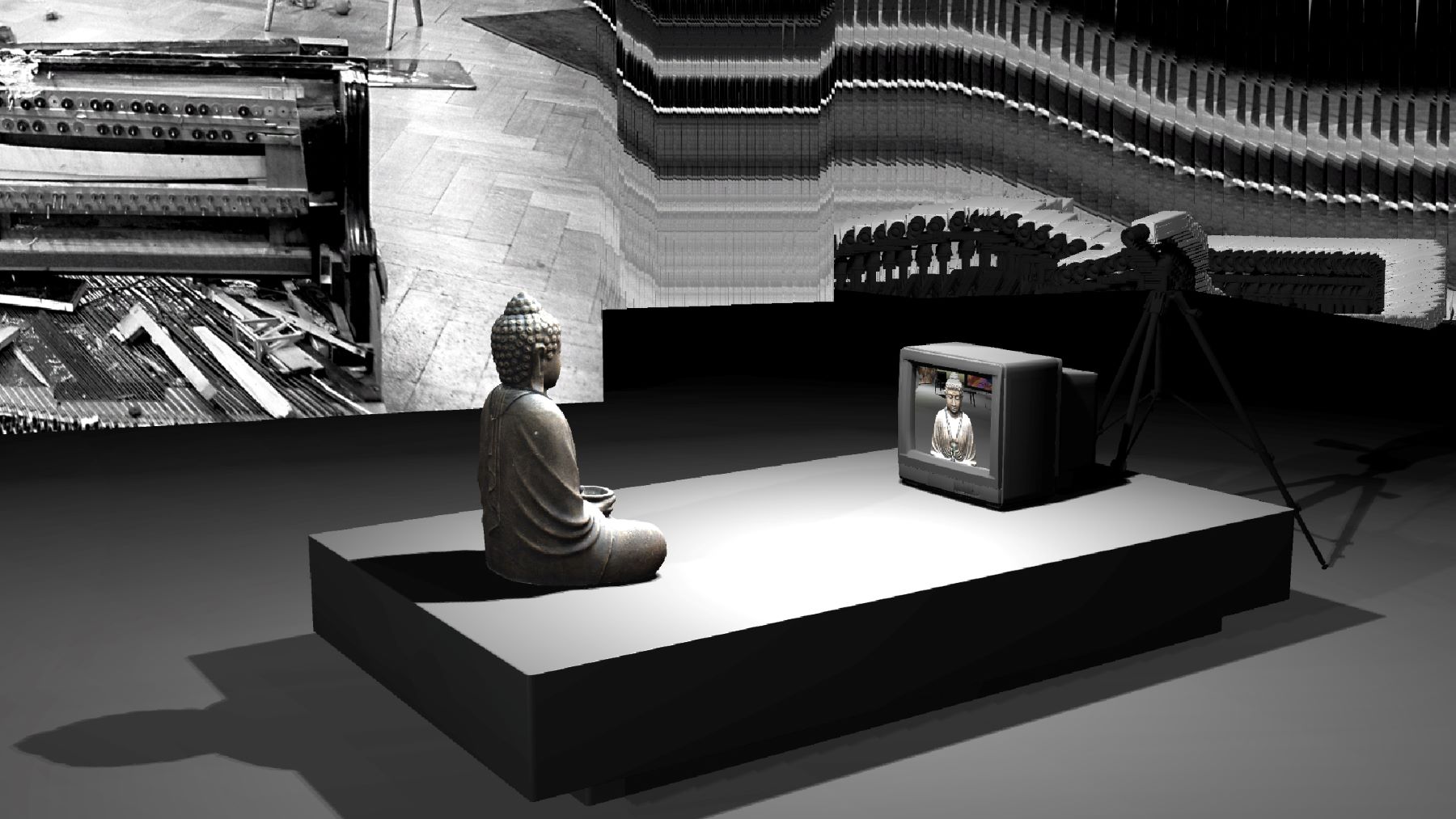Prof. Dr. Patrick Keller - KR

What made you decide to apply for a grant at the Leading House Asia?
The main long-term hypotheses of this joint, interdisciplinary research, based on the archive of the internationally and historically recognized Korean artist Nam June Paik (1932-2006), are whether new kinds of online curating and exhibition design can exist, which should take shape digitally at any viewer's (visitor's) location or dwelling, and populate it virtually, autonomously.
Located in Yongin (Seoul Capital Region), the Nam June Paik Art Center holds the largest collection of Paik's videos in the world, as well as several media installations and primary sources in its archive. It was therefore the ideal partner for our research and the reason why the grant instruments provided by Leading House Asia was ideal to initiate the collaboration between ECAL / Haute école d'art et de design de Lausanne (HES-SO) and the Nam June Paik Art Center.
How did you secure a research partner?
The contact had been made earlier in the context of professional collaborations related to the creative practice of the Professor in charge for the ECAL.
It was therefore natural, within the framework of this research, to renew contact with this institution and its collections, considering that the case study "Nam June Paik", its media artworks especially, lent itself well to a process of digitalization and remote access.
How would you describe your experience of the programme?
Due to the covid-19 pandemic, we unfortunately had to adapt our program a lot. Everything that was planned on site, such as the visit of the archives and collections, could unfortunately not take place and had to be replaced by remote collaborations of different sorts.
However, the purpose of the general project being precisely the remote access and immersive experience of art collections, this turned out to be a literally “extra-ordinary” context to evaluate and measure our hypotheses and proofs of concept.
What role did the Leading House Asia play in the programme?
Considering the exploratory nature of the research process and the fact that it was in its early stages, its impact remains limited at this stage and after only 12 months of work.
Working with a restricted set of selected artworks, the team has nevertheless achieved its framed objectives and some proofs of concept by reaching several goals related to the process of digitization and transposition of the works, as well as its automated remote exhibition.
It allowed to obtain new research funds from the HES-SO to submit a research project to the SNSF, joint between several Swiss schools.
The project has also attracted the attention of some new partners and has been presented during two conferences. It is currently the subject of a publication in the form of a discussion between Sang Ae Park and Prof. Patrick Keller.
Two elements must however nuance these results, which will have to be solved in the framework of an SNSF deposit: the pandemic has undoubtedly made collaboration very difficult and has caused our partner in Korea (a museum) to lose considerable human resources. It is no longer certain that they’ll have enough resources to pursue a mission that is not at the core of their mission, in which case we will have to find an alternative.
Another difficulty is the discovery of a complex copyright situation associated with all artworks, intertwined with the estate of the artist and a related legal limitation to displaying artworks online, which is in direct opposition to our hypotheses, to the art practice of the artist and the notion of open access.
Testimonial: what were your personal experiences/thoughts on the bilateral cooperation experience?
After the relative disappointment of not being able to visit the Nam June Paik collection and archives personally in Yongin, and the time spent reorganizing the research schedule and instruments, the research proved to be rich and fruitful.
The bilateral instrument is undoubtedly useful, but the situation we have been through also shows the fragility of long-distance collaborations. Perhaps solutions could be devised that anticipate in some ways different possible scenarios and allow for better adaptation. A bit like branches that can be envisaged in the framework of an international research.